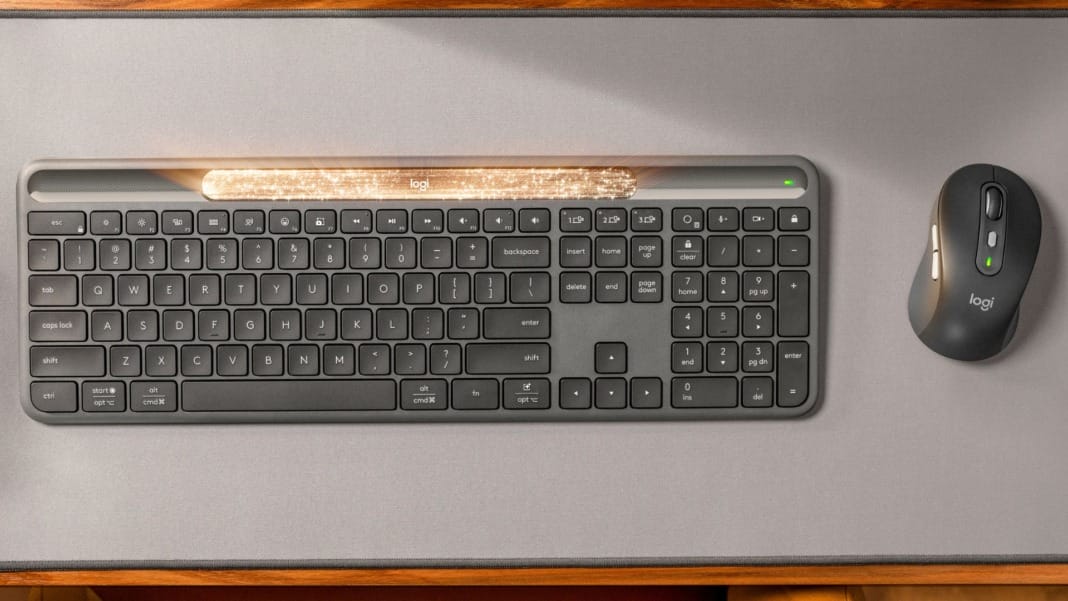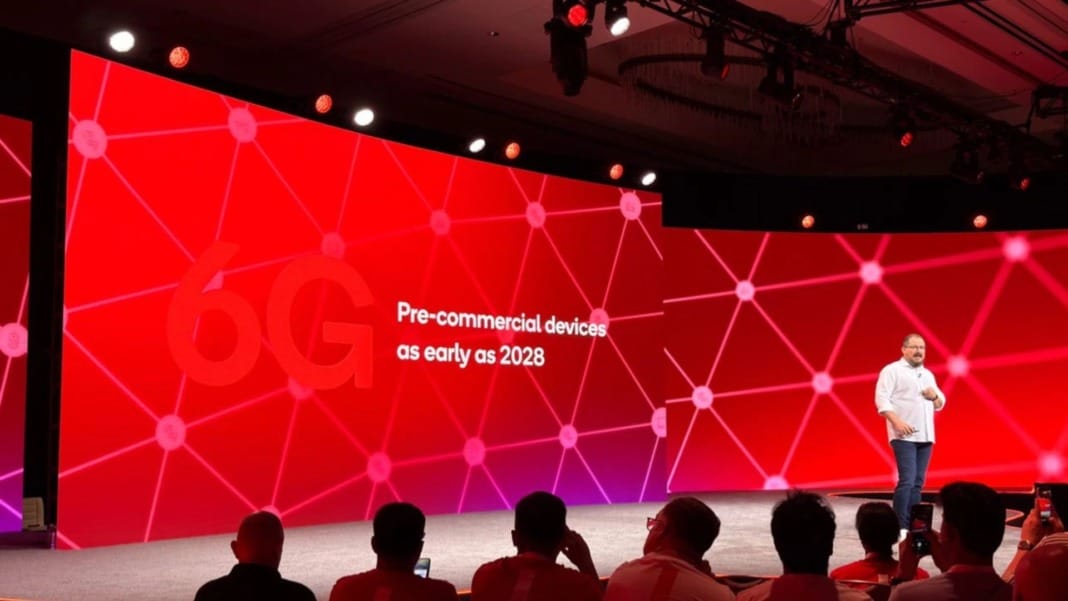Logitech has returned to solar-style keyboards after more than a decade with the launch of the Signature Slim Solar + K980. The new model, priced at US$99.99, is designed to operate entirely on light, whether natural or artificial, and does not rely on USB ports or disposable batteries.
Light-powered design with long-lasting battery
The K980 builds on the concept first seen in Logitech’s earlier K760 keyboard. It uses a solar cell capable of converting both sunlight and indoor lighting — at a minimum of 200 lux — into energy. This system powers its internal battery, which the company claims can last up to 10 years. Once fully charged, the keyboard can function in complete darkness for up to four months.
When asked about the battery’s design, Logitech spokesperson Melvin Dilanchian confirmed in an interview that it is “safely user-replaceable (because it’s encased in a plastic casing), with spare parts supplied by iFixIt.” This means users will not be tied to factory servicing if they need a replacement in future.
Features and customisation options
Beyond its innovative charging system, the K980 is a full-size keyboard with a familiar layout, including a numeric keypad, directional keys, and dual labelling for Windows and macOS users. The top row is pre-programmed for media playback, screen brightness, and volume controls. These functions, along with others, can be customised through the Logi Options Plus app, which is available for both Windows and macOS.
The keyboard also incorporates a microphone mute button, a camera toggle, and an Action key, which can be programmed within the app to suit personal workflows. A standout addition is the AI Launch key. By default, it activates Copilot on Windows and Gemini on ChromeOS, but users can reassign it to launch services such as ChatGPT or other AI tools. Alternatively, it can trigger Logitech’s Smart Actions or even be reprogrammed as a standard right Control key.
Connectivity and competition
The K980 can pair with up to three Bluetooth devices simultaneously, allowing users to switch between them at the touch of a button. It also supports connection via Logitech’s Bolt USB receiver, though this is sold separately. While some earlier Logitech keyboards included light sensors to warn users when illumination was insufficient for charging, the K980 instead relies on a simple LED indicator. The light turns from green to red when charging levels are low, and the companion app offers more detailed status updates.
Logitech is not alone in reviving interest in solar-style peripherals. Lenovo recently launched its own US$99.99 self-charging wireless keyboard, which was first shown at CES 2025. Unlike the K980, Lenovo’s model includes adjustable legs, a spill-resistant design, and a USB-C charging port for backup power, although it appears to offer fewer customisation features.
As more technology firms revisit solar and light-powered designs in 2025, the K980 highlights how manufacturers are looking to blend sustainability with modern productivity needs.





